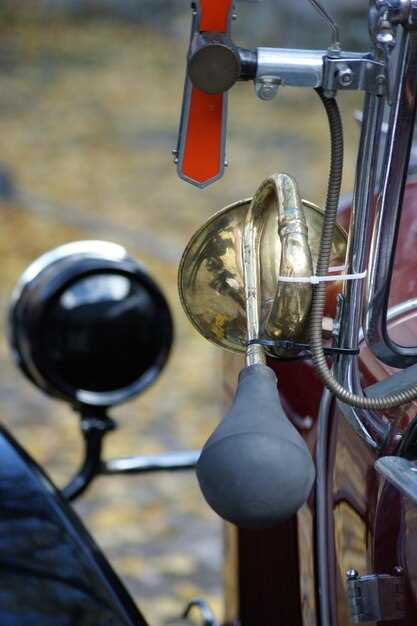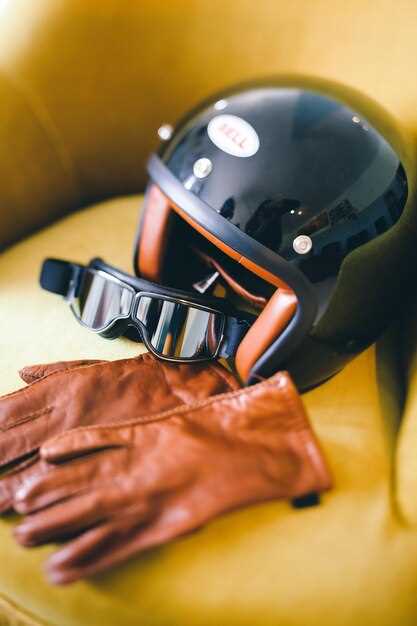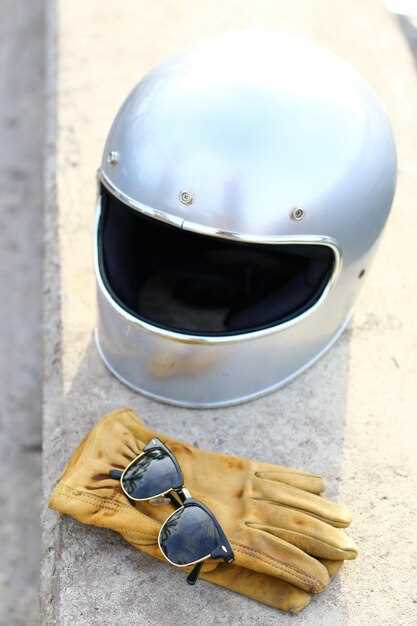
For vintage car racing enthusiasts, the thrill of competing with classic cars on the track is unmatched. However, this exhilarating experience comes with inherent risks that can’t be overlooked. Proper safety gear is essential not only for compliance with racing regulations but also for ensuring the well-being of drivers and their passengers. Investing in high-quality gear is crucial for anyone looking to enjoy the adrenaline of racing while minimizing hazards.
Classic cars often lack the modern safety features found in contemporary vehicles, which makes it even more important for racers to equip themselves with the right protective equipment. This encompasses everything from helmets and fire suits to gloves and shoes. Each piece of safety gear plays a vital role in safeguarding the driver against potential injuries during races, including burns, impact, and other dangers associated with high-speed competition.
As vintage car racing continues to grow in popularity, so does the awareness around the importance of safety. Enthusiasts must prioritize their safety by selecting the best gear suited for their specific needs. By doing so, they can relish the charm and excitement of racing classic cars while ensuring that they are well-protected on the track.
Choosing the Right Helmets for Classic Car Racing

When entering the world of classic car racing, selecting the appropriate helmet is crucial for safety and performance. Helmets are a key piece of gear that can significantly impact your racing experience. Unlike modern racing competitions, classic car events may have unique challenges, necessitating specific features in your helmet choice.
First, consider the safety rating. Helmets should meet or exceed standards set by organizations such as the Snell Foundation or the FIA. A helmet with a valid certification guarantees it has undergone rigorous testing to protect against various impacts.
Next, the weight of the helmet is important. A lightweight helmet can enhance comfort during long races, reducing fatigue and distraction. Look for materials such as carbon fiber or composite options that provide excellent protection without excessive weight.
In addition, fit and comfort should never be overlooked. Each helmet comes in different shapes and sizes, so trying on multiple options to find the right fit is essential. A snug yet comfortable fit ensures that the helmet stays in place during high-speed maneuvers while also maximizing safety by reducing movement during impacts.
Another aspect to consider is the interior padding. High-quality helmets often feature removable and washable liners, ensuring that they remain hygienic and comfortable over time. Good ventilation is also a key factor, as it can help regulate temperature and minimize sweat build-up, enhancing focus during races.
Finally, don’t forget about the design and visibility. Classic car racing often celebrates aesthetics, and your helmet should align with your car’s vintage style while ensuring optimal visibility. Choose a helmet that offers a wide field of vision and consider options that accommodate visor inserts or shields to protect against glare or debris.
In conclusion, when participating in classic car racing, it’s vital to choose a helmet that prioritizes safety, comfort, and performance. By considering safety ratings, weight, fit, padding, and visibility, you can select a helmet that not only protects but also enhances your racing experience.
Understanding the Importance of Fire-Resistant Racing Suits

Vintage car racing enthusiasts deeply appreciate classic cars and the thrill of competitive racing. However, along with the excitement comes the inherent risks associated with high-speed events. One of the critical pieces of safety gear that every racer should prioritize is a fire-resistant racing suit.
Fire-resistant racing suits are designed to protect the driver from flames in the event of an accident or fire. The use of specialized materials significantly reduces the risk of burns and provides essential time to escape dangerous situations. Here are several key reasons why investing in a quality racing suit is crucial for amateur and seasoned racers alike:
- Protection Against Fire: Racing suits are made from materials such as Nomex or similar fire-resistant fabrics, which can withstand high temperatures and prolong exposure to flames.
- Compliance with Regulations: Many racing organizations mandate the use of fire-resistant gear. Adhering to these regulations is vital to ensure safety and eligibility to compete.
- Enhanced Safety Features: Modern racing suits come equipped with additional features such as padding and reinforced seams, providing extra protection during impacts.
- Breathability and Comfort: Today’s fire-resistant suits also prioritize comfort, incorporating breathable materials that allow for better temperature regulation and movement while driving classic cars.
In conclusion, when participating in vintage car races, the importance of fire-resistant racing suits cannot be overstated. These suits serve as a critical line of defense against fire hazards, ensuring that racing enthusiasts can enjoy their passion for classic cars while prioritizing their safety on the track.
Essential Accessories: Harnesses and Roll Cages for Vintage Cars
When it comes to racing classic cars, safety is paramount. Vintage car enthusiasts often overlook the necessity of modern safety equipment, such as harnesses and roll cages. These accessories are crucial for ensuring driver protection during high-speed events.
Harnesses are designed to securely hold the driver in place, minimizing the risk of movement during sudden stops or sharp turns. A high-quality 5-point or 6-point harness provides optimal restraint, reducing the chances of injury. It is essential to choose harnesses that are certified for racing and specifically rated for the vintage models being used. This guarantees both comfort and safety while navigating the track.
Roll cages are another vital component for safeguarding racers in vintage cars. These structures are engineered to absorb impact and protect the driver in the event of a rollover or collision. Installing a well-designed roll cage not only enhances structural integrity but also adds peace of mind while competing. The design and placement of the roll cage should comply with racing regulations and standards, ensuring maximum effectiveness.
While maintaining the classic aesthetic of vintage cars, it’s important to integrate these safety features discreetly. This approach allows enthusiasts to preserve the historical elements of their vehicles while enhancing their racing capabilities. Prioritizing harnesses and roll cages can significantly improve safety, letting drivers focus on the thrill of racing without compromising their well-being.

